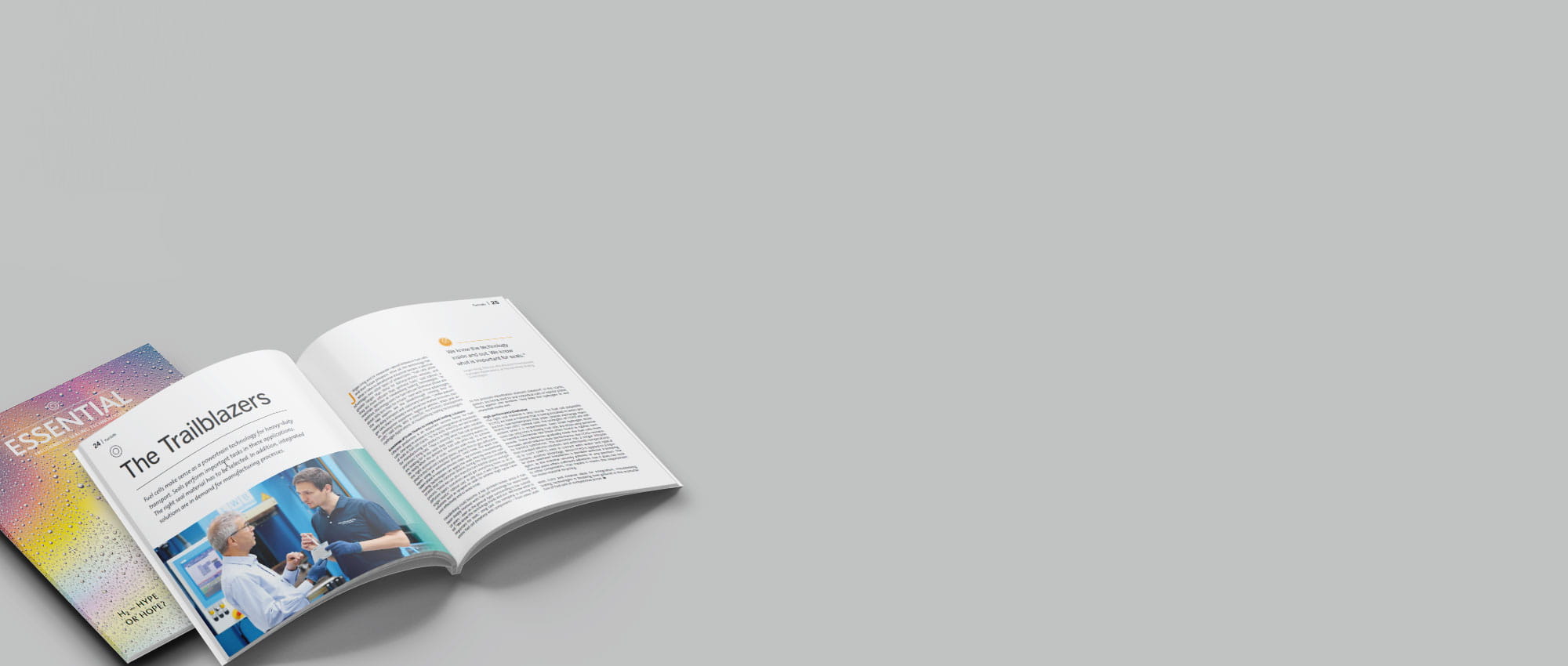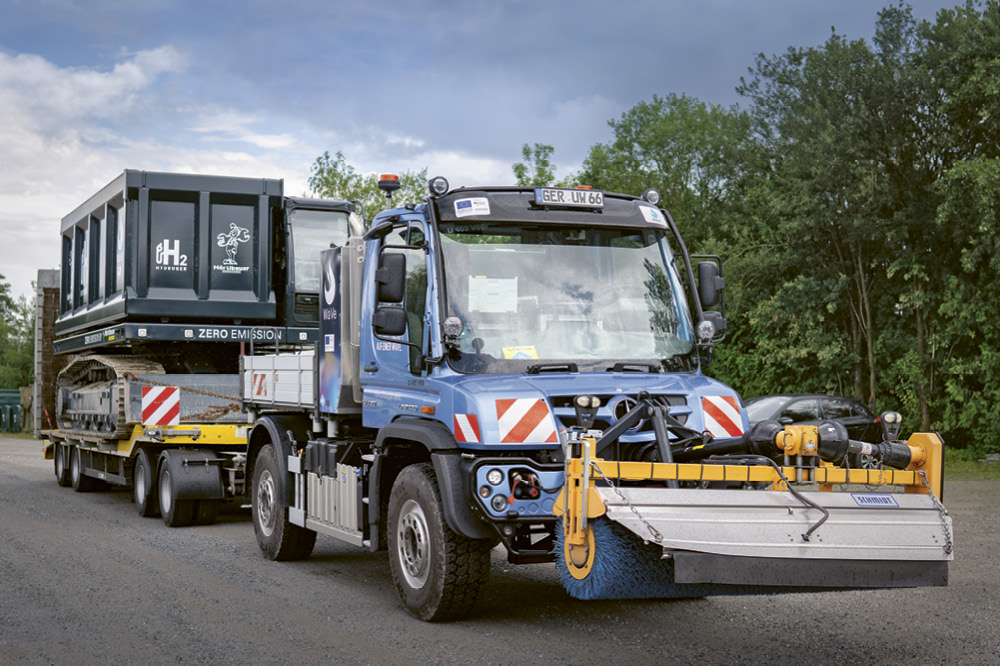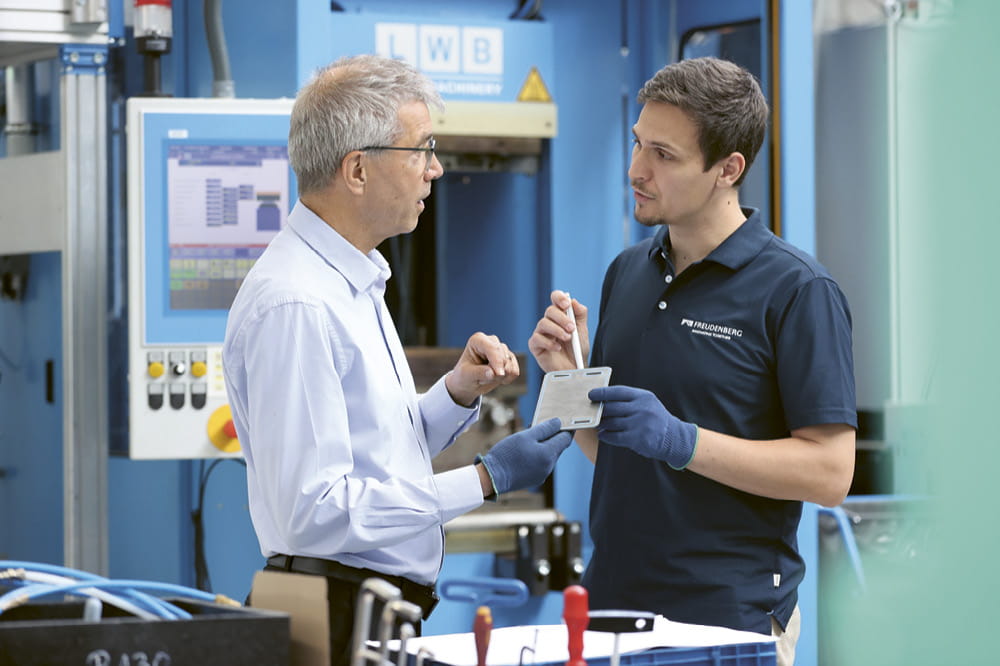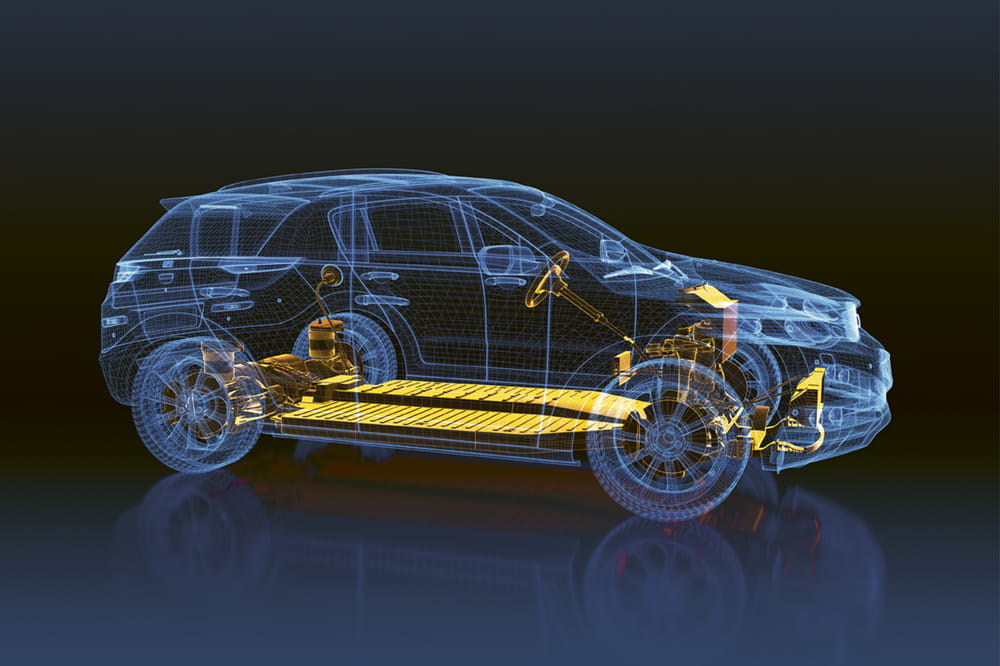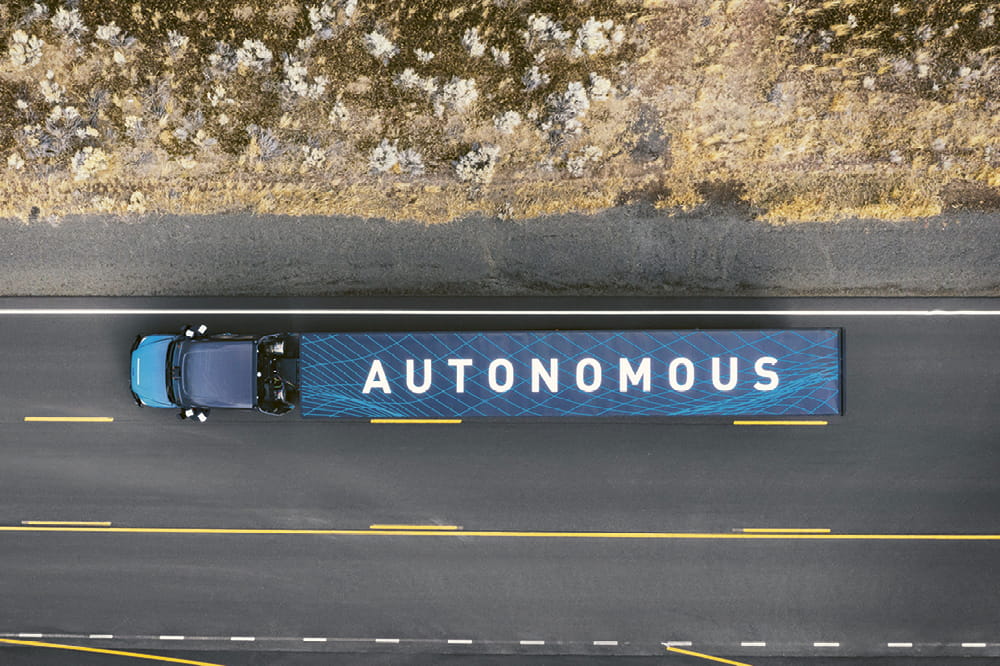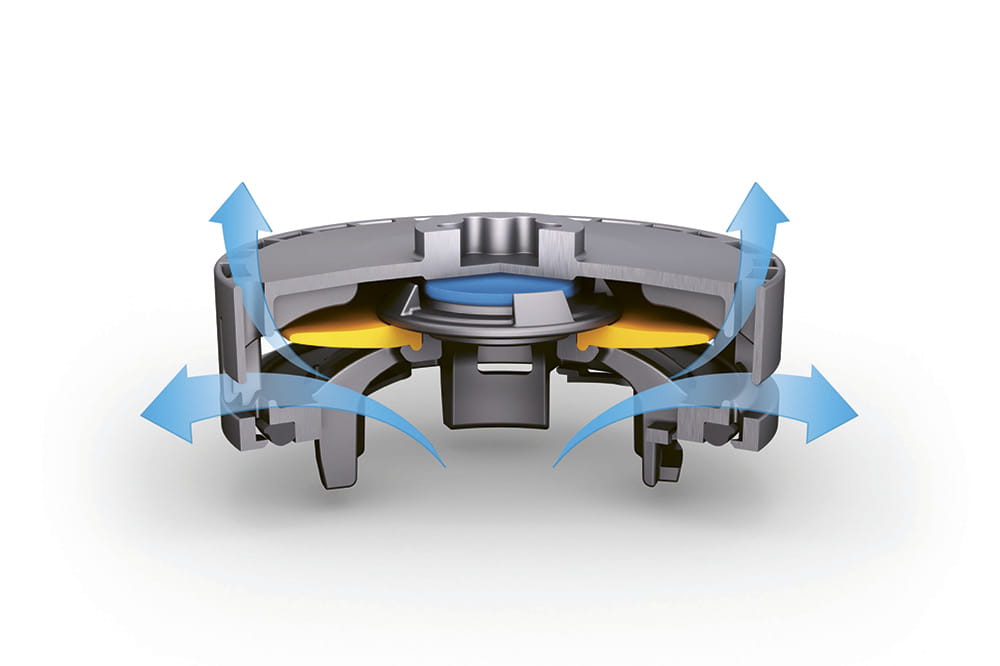Obtain news and background information about sealing technology, get in touch with innovative products – subscribe to the free e-mail newsletter.

International View
Alternative powertrains are on the march around the world – but every country is different. Two Freudenberg Sealing Technologies employees, one from China and the other from Sweden, discuss the use of alternative drives in everyday life.
In just three years, the importance of electric mobility has grown immensely in China. Today electric cars and charging stations are seen everywhere. There are two main reasons for this: License plate fees, which are very high in China, had been waived for electric cars for quite a while. But the incentive has not been offered recently, and the interest in buying an electric car has fallen off since July 2019.
In China electric and shared mobility is a combined megatrend in large cities. I use driving-service apps every day.
Derek Wong, Freudenberg Sealing Technologies employee in Shanghai, China

Derek Wong: Considers alternative powertrains from a Chinese perspective.
But the market is still hotly contested. Virtually all the famous international automakers have a presence in China to promote their electric cars. There are also local manufacturers such as an NIO, which focus solely on electric cars and combine appealing design with innovative ideas. Transportation brokering is other reason for the vehicles’ popularity. In China, the main company is Didi, which is comparable to Uber in other countries. Many city dwellers buy an electric car and offer it as a shared vehicle using the Didi platform. It is an approach that combines two megatrends, electric and shared mobility. Transportation brokering is especially popular in large cities. I use driving-service apps every day so I don’t have to look for a parking space downtown.
Electric cars with a range of just 400 kilometers (250 miles) are not a problem. In China, they are only used within major cities. “Shared” electric bicycles work very well in urban centers, too. You can use cashless payments for the transactions. Frankly, I haven’t handled cash for months. People here are generally very open to new technologies and innovations. Fuel cells are the exception. The large tanks seem to scare people off. They apparently have safety concerns in mind.
We are a thinly populated country. Diesels still reign supreme.
Jonas Hansson, Freudenberg Sealing Technologies employee in Stockholm, Sweden
We now see electric cars everywhere in Stockholm. In just one year, their number has almost doubled to nearly 90,000 battery-powered vehicles. A full 8 percent of all the cars in Sweden are powered electrically. In Malmö, Göteborg and Stockholm, the number of charging stations is striking.

But the situation is entirely different outside Sweden’s major cities. I happen to come from a rural region. Diesels still reign supreme there. We are a thinly populated country. Many commuters travel as much as150 kilometers (93 miles) to work every day. And people are skeptical as to whether batteries can actually handle these distances during a cold winter. Facts are little help here. Indeed, in Northern Sweden, where people drive long distances, pure battery vehicles will not meet the needs and expectations. In any case, the government is still very committed to the issue. There are discounts on electric cars, and the number of charging stations is expected to double. Sustainability, energy and climate are also hot topics in Sweden. You are surely at least somewhat familiar with a Swede named Greta. The diesel scandal in particular has sparked debates in this country over vehicle powertrains.
But it’s also clear that Sweden can hardly manage this kind of future-oriented topic by itself. We need the support of other Europeans. We also haven’t made much progress in fuel cells. There are only five hydrogen filling stations in Sweden. Alternative powertrain systems are the future, but infrastructure will be the crucial issue. A great deal will depend on it.
More Stories About E-Mobility
